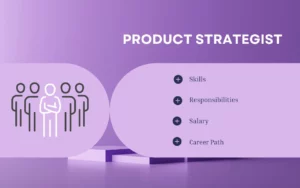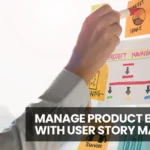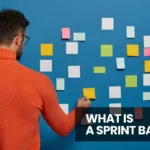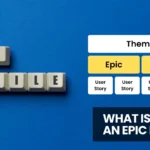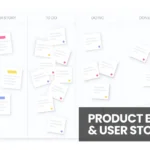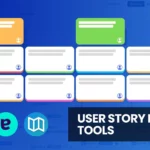Table of Contents
ICE Scoring Model | Impact, Confidence, Ease
An agile methodology called the ICE Scoring Model uses data to rank features based on impact, confidence, and ease of implementation criteria. Today, the approach is widely utilized to prioritize projects, features, initiatives, and rollouts. It is perfectly suited for the early stages of product strategy when ideas flow continuously, and momentum needs to be maintained.
Many commercial decision-makers have used the ICE score technique to assess the growth potential of planned ventures.
However, what is this ICE score? And how might the ICE strategy assist you in selecting features and projects that will increase sales?
We’ll provide you with the answers to these queries and a grading system that will alter how you evaluate business possibilities.
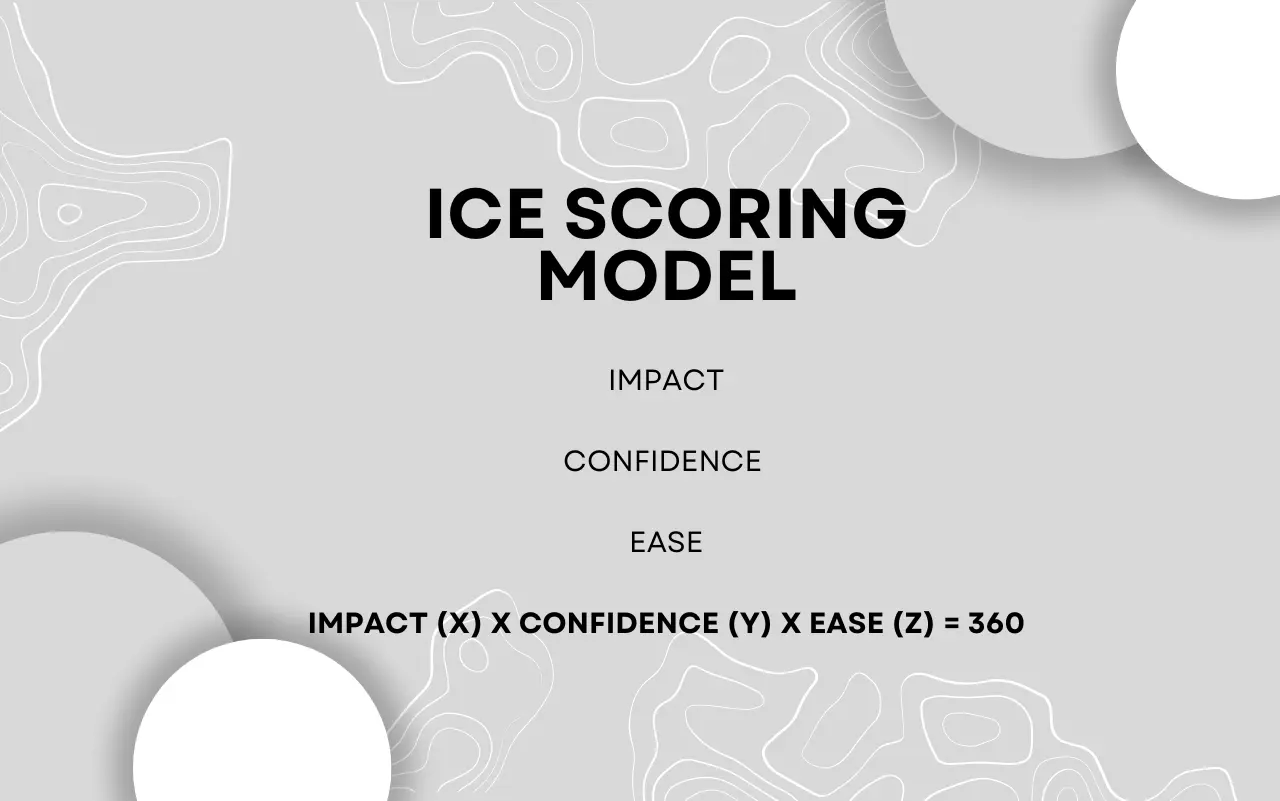
What is the ICE Scoring Model?
The ICE methodology is a quick and simple way to choose where to concentrate your efforts, but it has certain drawbacks due to being quite subjective.
Agile settings move swiftly, and decisions must be made quickly during short development cycles. Decision-makers must consider as much data as they can without becoming overburdened. The ICE Scoring Model provides teams with a picture of the most useful actions, while maintaining this delicate balance takes time and effort.
Impact, Confidence, and Ease—the three parameters on which initiatives are judged—are represented by I, C, and E in the ICE Framework.
Impact
]The Impact score reflects customer satisfaction with your product or service. It is measured from 0% to 100%. The lower value means that customers are unsatisfied. In comparison, a higher value means they are very satisfied with your product or service.
Confidence
The confidence score indicates how confident customers are about your company. It is measured from 0% to 100%. The lower value means that customers have no confidence in your company. In contrast, the higher value means they have lots of confidence in your company.
Ease
The Ease score indicates how easy it is for customers to use your product or service. It is measured from 0% to 100%. The lower the value, the more difficult it is for customers to use your product or service, while the higher value indicates ease of usage.
How does the ICE Scoring Model Work?
You can multiply to obtain the total once you’ve created a number between 1 and 10 for each category. For instance:
Impact (9) x Confidence (8) x Ease (5) = 360
This has a higher effect score but will demand more work from the team to develop.
Advantages of the ICE Framework
The ICE scoring model is well-liked because it is quick and easy. And when reviewing it later, being able to quantify a value for each of these criteria makes the thought process more understandable. This framework can give the team a quick way to prioritize projects and maintain momentum. The team can avoid analysis paralysis by reaching a decision quickly and without overanalyzing, thanks to the ICE model.
Drawbacks of ICE Scoring
This method of prioritization is occasionally criticized for being arbitrary:
- The same person at different times may rate the same feature differently. The final prioritization list might be impacted.
- Whenever different people rate a feature, their ratings vary.
- Team members could easily manipulate scores in the ice scoring system to get features approved if they wanted their features to be prioritized.
Final Words
The key selling factors of ICE Scoring are speed and simplicity, which can aid product teams in making decisions. However, because it only evaluates an item’s impact on a single goal, It falls short of the capabilities of other scoring models in an organization with multiple concurrent goals. This is both its strength and one of its weaknesses.
ICE Scoring can offer a simple approach to streamline things. Also, it gives some relative comparison points for decision-makers, despite its lack of nuance and complexity. Additionally, when trying to come to a decision, it can sometimes be just as important to rule things out as it is to identify the best option.
Besides ICE, Agile Story Map lets you get the tasks you need to complete out of your head and write them down where they belong.

